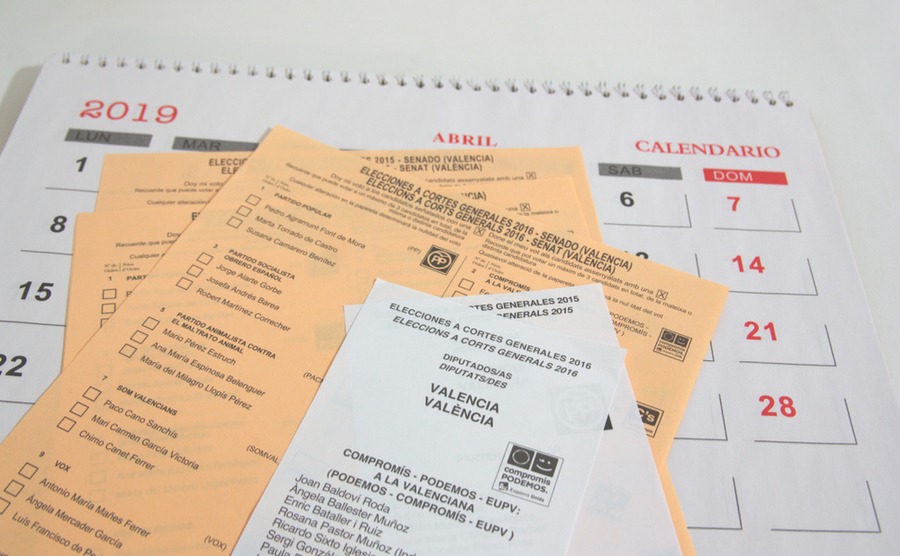Spanish Property Tax

There are different taxes for buying a property, owning a property and selling a property in Spain. You need to be aware that there are further and significant differences in how taxes are calculated depending on whether you are a tax resident in Spain (i.e. which you are if you spend more than 183 days of the year in Spain) or not.
Understanding the tax implications is crucial when buying a property in Spain, so that you can properly plan your finances and select the right property, in the right location, at the right price.
Please note that tax rates change frequently. The rates listed are correct at the date of publication.
Taxes on buying property in Spain
Property Transfer Tax (ITP)
The Property Transfer Tax (ITP) is the largest tax payable when you buy a property in Spain.
It applies when buying a resale (second-hand) property. The tax rate varies by region, but typically ranges between 6% and 10% of the property’s value. The Canary Islands, for example, charges 6.5% tax, while Andalusia (for Almeria and the Costa del Sol) and the Balearics charge 8% up to €400,000 and then it increases as the property price rises to a maximum of 10%. Valencia (which covers the Costa Blanca) charges 10%.
The Property Transfer Tax is payable by you, the buyer, when you complete on the property.
Value Added Tax (VAT) on new properties
If you’re buying a brand-new property from a developer, rather than ITP you pay a version of value added tax (VAT), known as IVA in Spain. The standard rate of IVA is 10% for residential properties.
It must be paid from a Spanish bank account. If paying in stages for an off-plan property, the tax is added at each stage, rather than in one lump sum at the end.
Stamp duty
A smaller tax usually paid by the buyer in Spain is stamp duty, known in Spain as AJD or Impuesto de Actos Jurídicos Documentados.
This also varies according to the region and is between 0.5% and 1.5% of the price. Andalusia and the Balearics charge 1.2%, Valencia 1.5% and in the Canary Islands just 0.75%.
As it is a tax on the creation of the deed by the notary it is paid at the same time as the notary or soon after.
Taxes on property ownership in Spain
Annual property tax (IBI)
Whether you are resident or non-resident in Spain, as a property owner you must pay the annual property tax, Impuesto Sobre Bienes Inmuebles (IBI). This local tax is between 0.2% and 1.5% of the cadastral value of your property, which is generally lower than the market value.
The cadastral value (valor cadastral) – rateable value – is based on such things as the age and location of the property, materials it is built from, etc. It is reassessed by the town hall every eight to ten years and is usually set at around a third less than the market value. Some will offer discounts for environmental benefits such as solar panels.
IBI is set by the town hall each year and paid in two instalments, in June and November. However, you can normally pay smaller amounts by direct debit. For late payments you will normally pay a surcharge of 5 to 20%.
Note that in some regions IBI is called SUMA.
Wealth tax
Spain’s wealth tax (impuesto de patrimonio) is payable by Spanish residents on their worldwide assets and on non-residents on their net assets in Spain. Taxable wealth includes property assets, savings, jewellery, art, cars, boats and other assets, but not pensions, shareholdings and some others.
There is a tax-free allowance of €700,000 (less in some regions), and an additional €300,000 allowance for your property.
The rate varies from region to region, but generally between 0.2% and 2.5% of overall wealth. The rate also rises as wealth increases.
It is worth noting that some regions – Andalusia and Madrid – applied a 100% relief, effectively abolishing the tax for a certain length of time to attract foreign investors and often to stimulate the property market.
Income tax
Rental income, regardless of residency status, is subject to income tax (Impuesto sobre la Renta de las Personas Físicas).
Non-residents pay 24% with no deductions, while residents pay tax based on their income tax band, up to 54%, and can deduct certain expenses.
Taxes on selling your property in Spain
Capital gains tax
You will also pay tax when you sell the property, especially if you make a capital gain, i.e. sell the property for more than you paid.
For non-residents from within the EU or EEA, capital gains tax (Impuesto sobre la Ganancia Patrimonial) is at a flat rate of 19% of profits made on the sale of the property. However, for those outside the European Union, including the UK, it is at a flat rate of 24%.
For a resident it is 19% for the first €6,000 of profit, 21% between €6,000 and 50,000, and 23% if the profits are above €50,000 and 26% from €200,000 upwards.
Reducing your capital gains tax burden
Residents over the age of 65 and who have been living in the property for at least three years, pay no capital gains tax.
For younger tax residents in Spain, if the property is their main home and the profit is reinvested into a new home there is no payment either. This is known as the “main home exemption”.
Getting professional advice
Tax regulations are complex and frequently change. It is highly advisable to have professional tax advice when buying, owning and selling a property in Spain.
Any tax advisor that you engage must be authorised to advise in Spain. Your UK or US advisor will not be best placed or even allowed to operate in Spain.
Spanish property tax is an inevitable part of buying a property in Spain. With careful planning and professional advice, you can manage your tax effectively.

